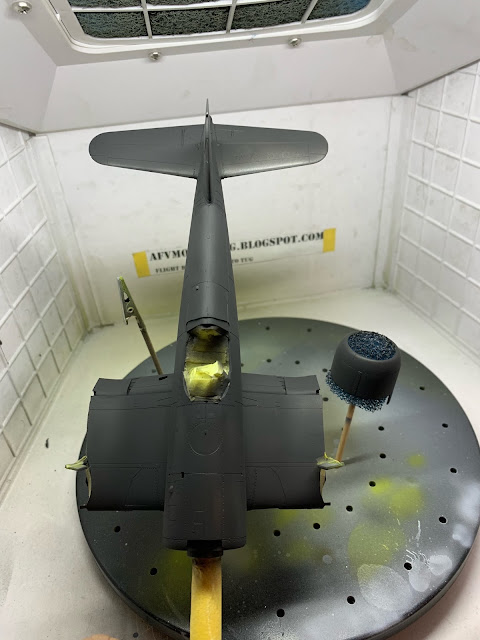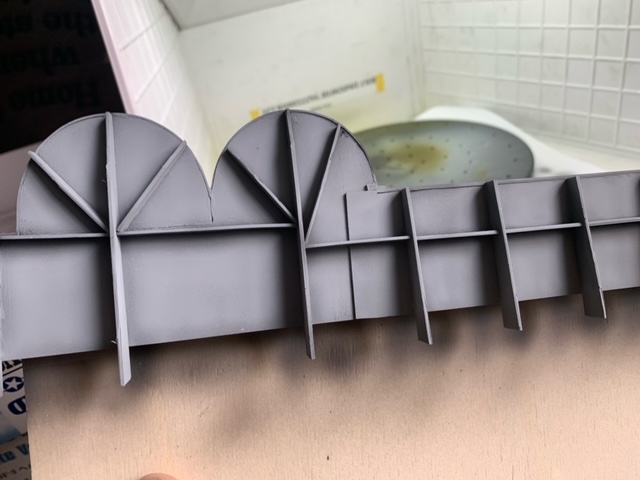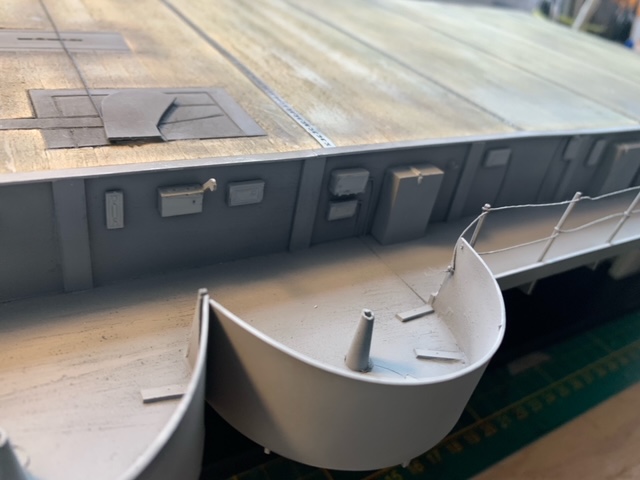Lightning Controller V1.0
Lightning Controller for Scale Models
Bring your models to life with realistic lighting effects!
The Lightning Controller is a compact LED driver module developed to enhance spaceships, fighters, or any custom models where you want illuminated cockpits, thrusters, or attack-mode effects.
Available Controller Modes
Idle/Attack Controller – Creates dynamic lighting effects that simulate engine idle, acceleration, or attack mode.
Color/Brightness Controller – Adjusts LED brightness and color variations for different lighting scenarios.
Core Hardware
The controller is based on the Adafruit Trinket 5V (ATtiny85), chosen for its small size and flexibility:
Microcontroller: ATtiny85, 8K flash, 512B SRAM, 512B EEPROM
Bootloader space: ~2.75K used, ~5.25K available for code
Power:
Micro-USB input
On-board 5.0V regulator (150mA output)
Accepts up to 16V input with reverse-polarity, thermal, and current-limit protection
Automatic USB/external power switching
Indicators: On-board green power LED + red pin #1 LED
Controls: Reset button
I/O: 5 GPIO pins available for LED control
Integration in Models
Scale compatibility: Designed to fit directly inside 1:18, 1:24, and 1:29 scale models
For larger or smaller models: Recommended to install the controller inside the display base/sockel if space is limited
Main PCB includes multiple connectors for easy LED hookup
Key Benefits
Small size for hidden integration
Plug-and-play with LEDs
Multiple effect modes (idle/attack, brightness, color)
Protects your LEDs and model electronics with built-in safety features
This is the Idle/Attack Version
Supported LEDs
Thrusters: Digital addressable LEDs (WS2812/APA106‑class “NeoPixel”). Form factors: 5 mm or 8 mm through‑hole. 1 LED per thruster is typical.
Cockpit/aux: Any standard LED channel (optionally PWM‑dimmable) via series resistor.
Current notes (worst case): Addressable LED ≈ 60 mA @ full‑white. For 4 thrusters at colored flicker (red/magenta), practical draw is typically 10–40 mA total depending on brightness.
Modes & Behavior (X‑Wing)
Idle / Cruise (wings closed): Thrusters = Red flicker (subtle, low/med brightness)
Attack (wings open): Thrusters = Magenta flicker at full brightness (more intense)
Switching: Detected by Hall sensor. Magnet hidden in wing linkage selects mode.
Override: 2‑pin jumper lets you lock flicker color if you don’t want auto‑switching:
Jumper on IDLE pin → always Red flicker
Jumper on ATTACK pin → always Magenta flicker
No jumper → Hall sensor decides (default)
Digital LEDs (NeoPixel thrusters) – flicker effect in Idle/Attack
Blink LED channel – fixed 50/50 on/off blink for any LED
Steady LED channels – simple ON LEDs (or you can connect pre-blinking LEDs if you like) for cockpit, R2-D2 eye, etc.
And key wiring notes are:
All non-digital LED connectors give out 5 V → you just add a resistor.
Digital LEDs (thrusters) need no resistor except the small inline data resistor.
Power can be via Micro-USB (5 V) or X5 connector (6–16 V DC).
Would you like me to update the wiring diagram in the spec so it shows the Blink LED and steady LED connectors side by side (so builders instantly see the difference)?
This is the Light/Bright Version
Color/Brightness Controller (55 × 19 mm)
No Hall sensor
R1 potentiometer selects one of 8 preset flickering colors for the thrusters
R2 potentiometer adjusts both brightness and flicker behavior (so you can make engines glow softer or more violently)
Still supports cockpit LEDs (steady or blink) and a dedicated Blink LED channel
Power and connector scheme same as Idle/Attack version (USB or X5, 6–16 V DC)





.jpeg)
.jpeg)
.jpeg)
.jpeg)
.jpeg)
.jpeg)
.jpeg)
.jpeg)
.jpeg)
.jpeg)
.jpeg)

.jpeg)
.jpeg)
.jpeg)
.jpeg)
.jpeg)
.jpeg)
.jpeg)





.jpeg)
.jpeg)
.jpeg)
.jpeg)
.jpeg)
.jpeg)





.jpeg)
.jpeg)
.jpeg)
.jpeg)
.jpeg)
.jpeg)
.jpeg)
.jpeg)
.jpeg)
.jpeg)




.jpeg)
.jpeg)
.jpeg)


.jpeg)
.jpeg)